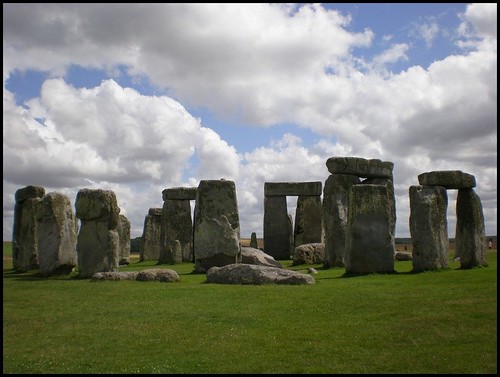Social Media is changing and evolving all the time and I can certainly be accused of getting over excited and always looking for the new. But sometimes it’s the tried and tested laws of community that can give powerful insights right now.
Here’s 3 laws of community management which our clients find mind blowing and you might too.
You only have 150 friends
More fans! More followers! This is the edict issued to many Social Media managers but how many is too many? Where does quality become compromised by a never ending search for quantity?
The answer may lie in Dunbar’s Number. Developed by anthropologist Robin Dunbar, the number was proposed as a mean group size for communities with an incentive to remain together – in other words, the ideal community size.
After studying the estimated sizes of Neolithic farming villages, Hutterite settlements, and the basic unit size of professional armies in Roman antiquity as well as primate groups, Dunbar concluded approx 150 was a recurrent community size. For example, Neolithic settlements who grew larger than this size tended to split and form another tribe.

Why? Well apparently our brains can only handle being friends with so many people as well as the idea that relationships need to be occasionaly reinforced with face-to-face contact – we start topping out around 120 – 150.
Dunbar’s Number is widely accepted as a basis for human organisation and applied to areas of business management and the development of social software.
Remember a few years ago at the start of the social networking craze? Facebook friends was like an acquisition game with people adding hundreds and hundreds of friends to their profile. Fast forward to today, after a little reactionary de-friending phase, and the average number of friends on Facebook is… ! Well within Dunbar’s number (which is usually rounded up or down a bit).
So does that mean once you hit a community number of 150 you should stop growing? Not exactly, keep reading.
[]
The 90:9:1 rule
The 90:9:1 rule is a law governing ‘participation inequality’. The numbers suggest that in an online community or social network users are split 90:9:1 know as Lurkers: Contributors/Editors: Power users
So, in practical terms if you have a community of 100 followers on Facebook, 90 of them ‘Liked’ the page and then don’t do anything, 9 will occasionally contribute or interact in a basic way perhaps by ‘Liking’ a comment or status update, and most of the user-submitted content will come from the same 1% of users – in other words one person per hundred other members.
What does this mean? Well in brand activity terms I always think this is really useful in a number of ways:
- Feel less ignored: Accept that only 1% of the community you’ve painstakingly grown will be regularly interacting, that’s just life! It doesn’t mean the community is unsuccessful
- Set realistic targets: If setting up a photo contest and expecting 10,000 photos submitted then consider the majority of those 10,000 entries will most likely come from “the 1%”. So, what size community would you need for the competition overall? (Answer: 1 Million!)
- Focus your efforts: If the 1% are the ones who really engage then identify them and focus your efforts on creating content, features, activity, and a community they want to a participate in. Here’s the thing, if you grow your 1% then it should follow that you grow your Lurkers and Contributors exponentially around the content & conversation the 1% are creating
Additional reading:
Tracking real enagement with IPM
Reference: Jakob Nielsen study
Groups grow in predictable stages
Moving away from the numbers game what else do we know about communities? Cog’s Ladder is a model of group growth developed by P&G employee George O. Charrier in 1972.
The premise is based on the idea that small groups go through five necessary steps to enable them to work together efficiently.
The five stages are:
- Polite Stage: Members get to know each other and controversy avoided as polite exchanges take place
- Why we’re here stage: Members start to question why they’ve been brought together and cliques will form
- Power Stage: Some group members strive for leadership by asserting strong views, others retreat from conversation wishing to avoid the power struggle
- Cooperation Stage: Members accept others’ opinions and team interests replace individual ones. New members can disrupt evolution and may be treated as outsiders
- Esprit Stage: Based on the concept of Esprit de Corps by Henri Fayol this is when there a feeling of team spirit is achieved which creates harmony and unity.
In our experience many communities, and in particular those without community management, often don’t develop beyond stage 2 or 3. Either the community can’t find a compelling reason to stay or a nasty power struggle “turns off” other members from participating and the space turns into a playground for trolls.
Community Management pro Blaise Grimes-Viort did a detailed write-up and diagram of how to apply Cog’s Ladder to online communities.





